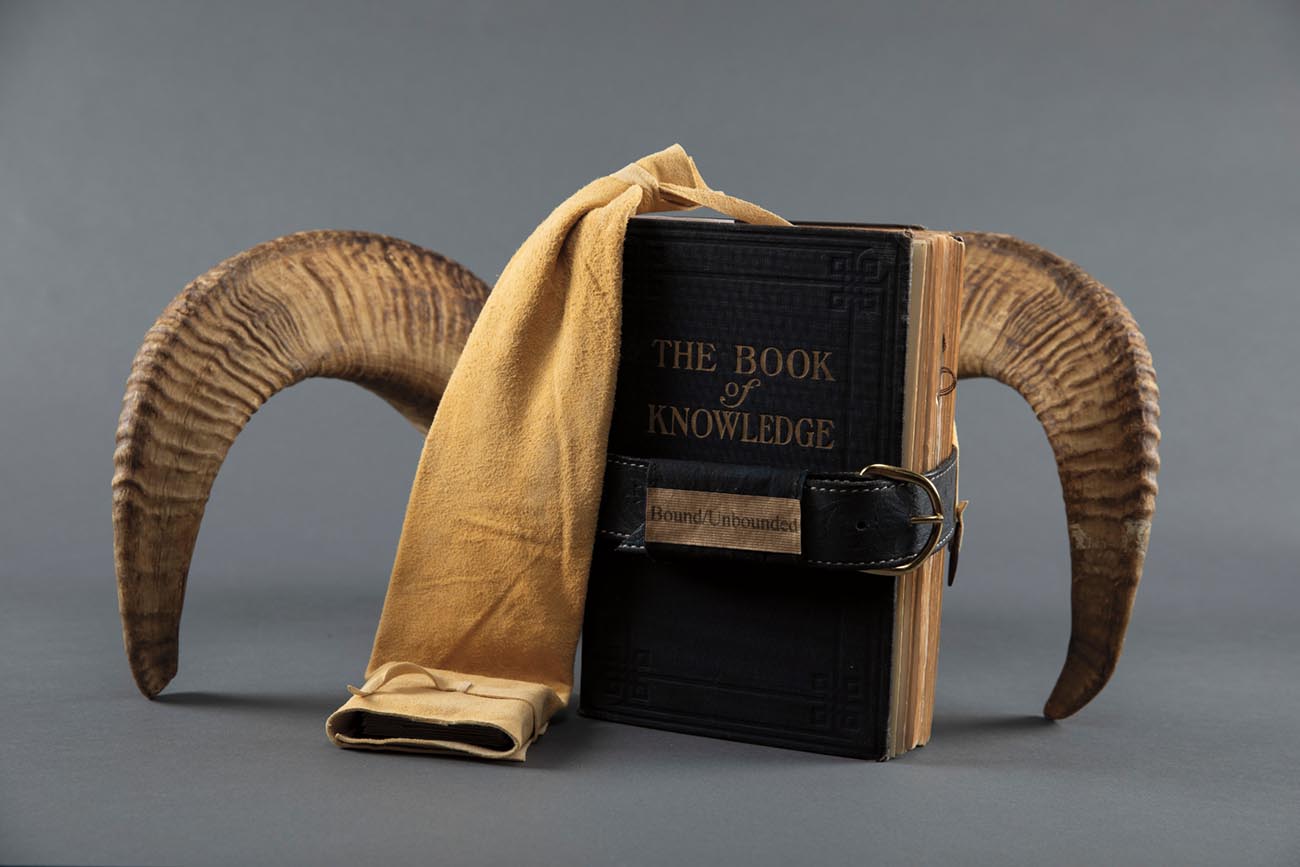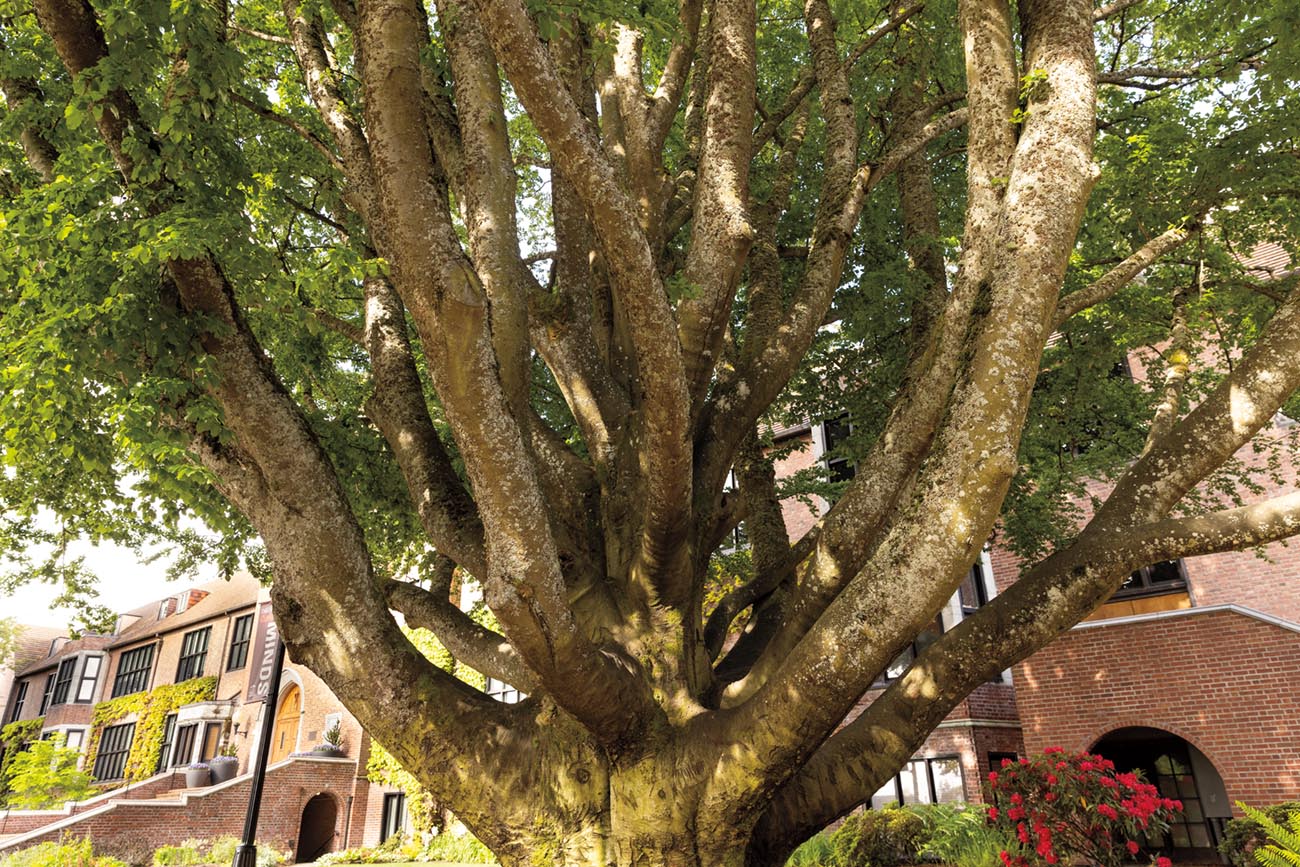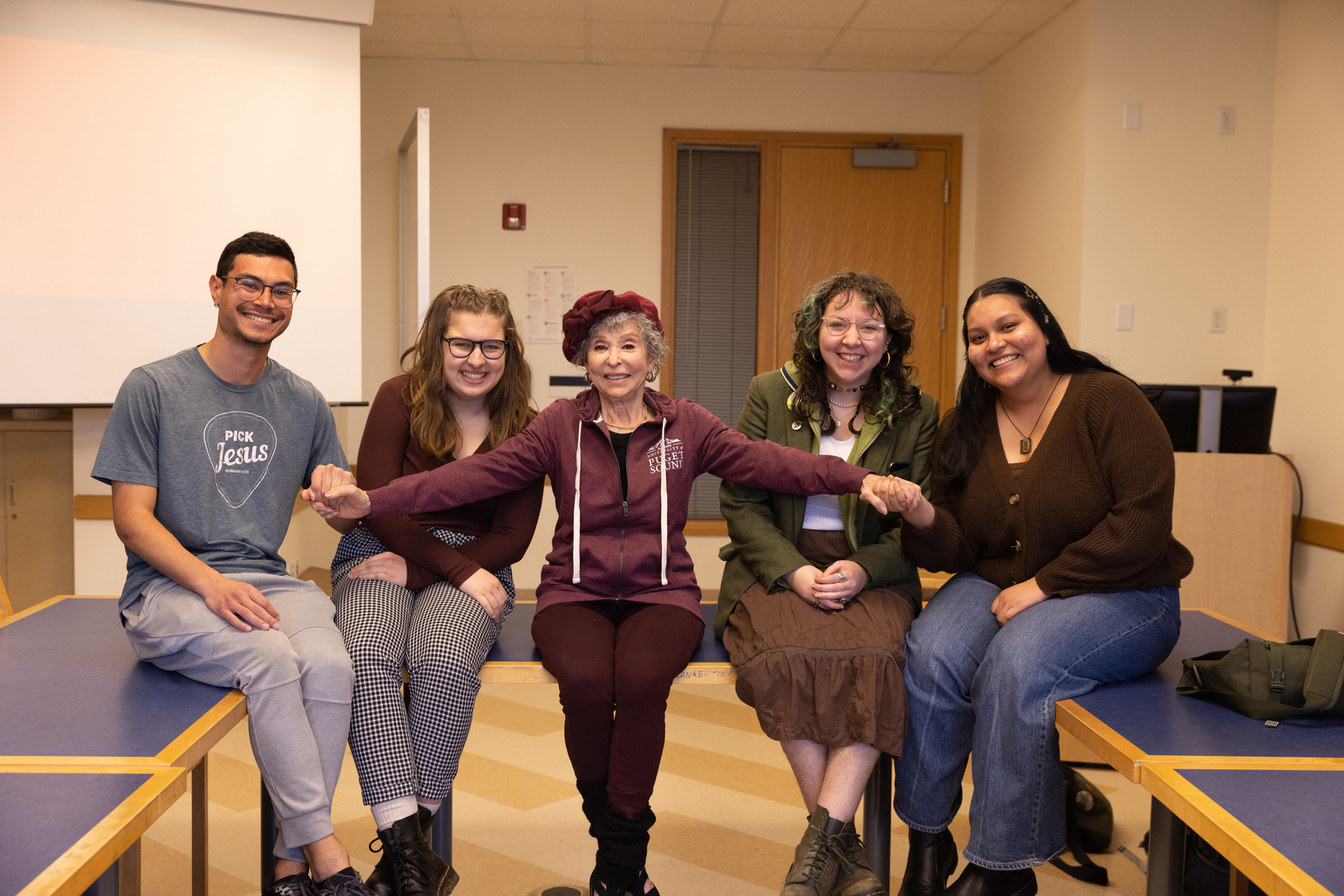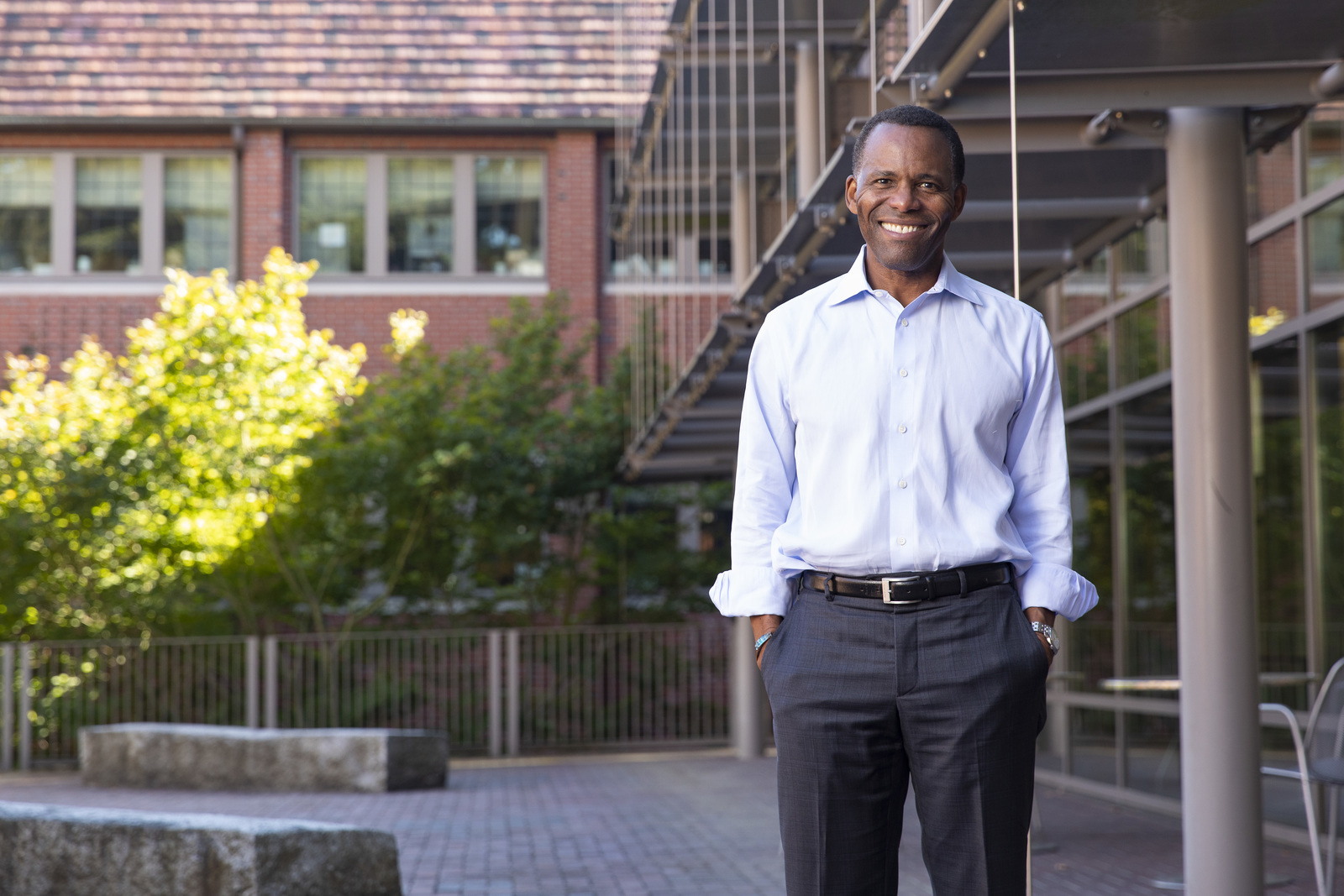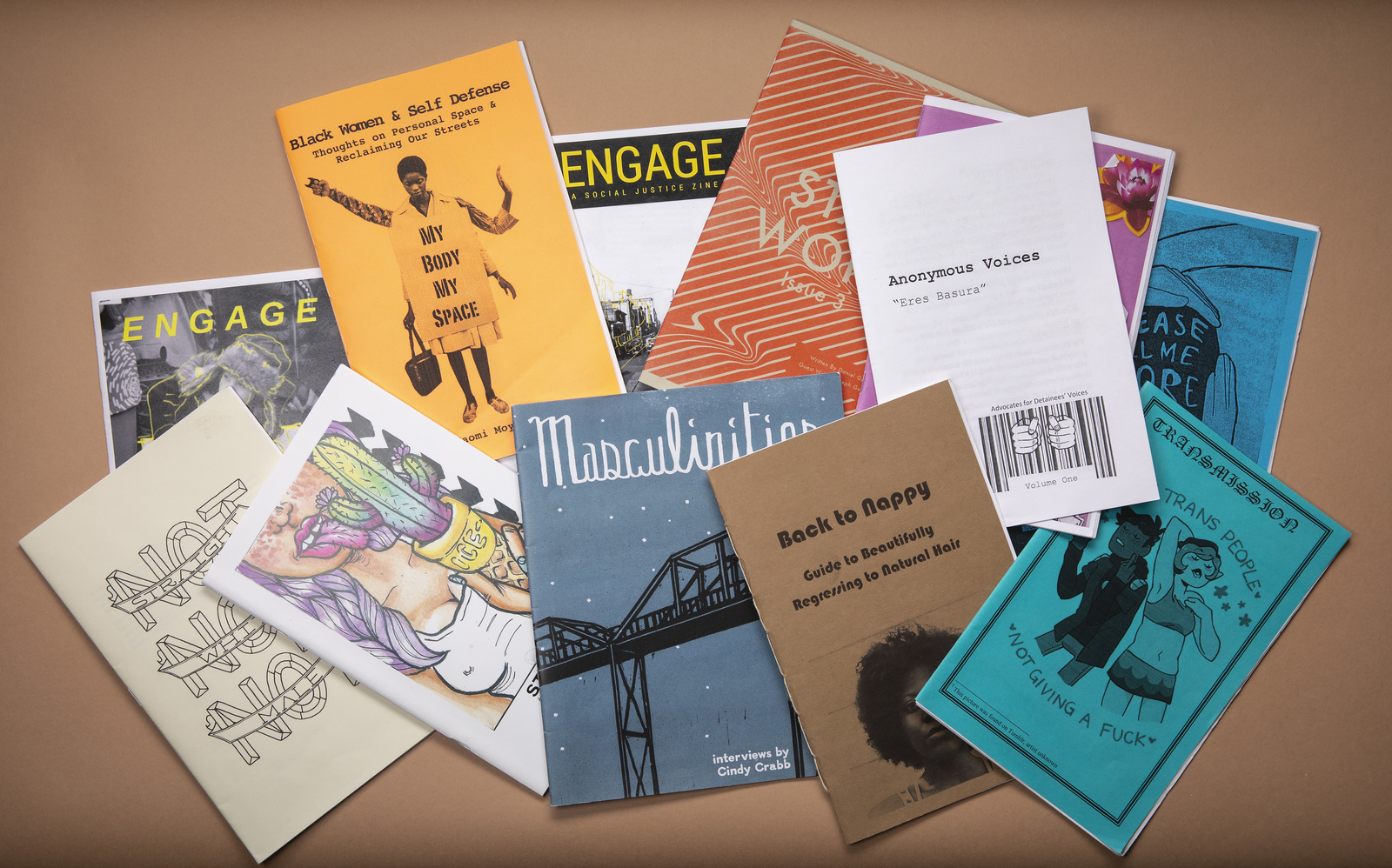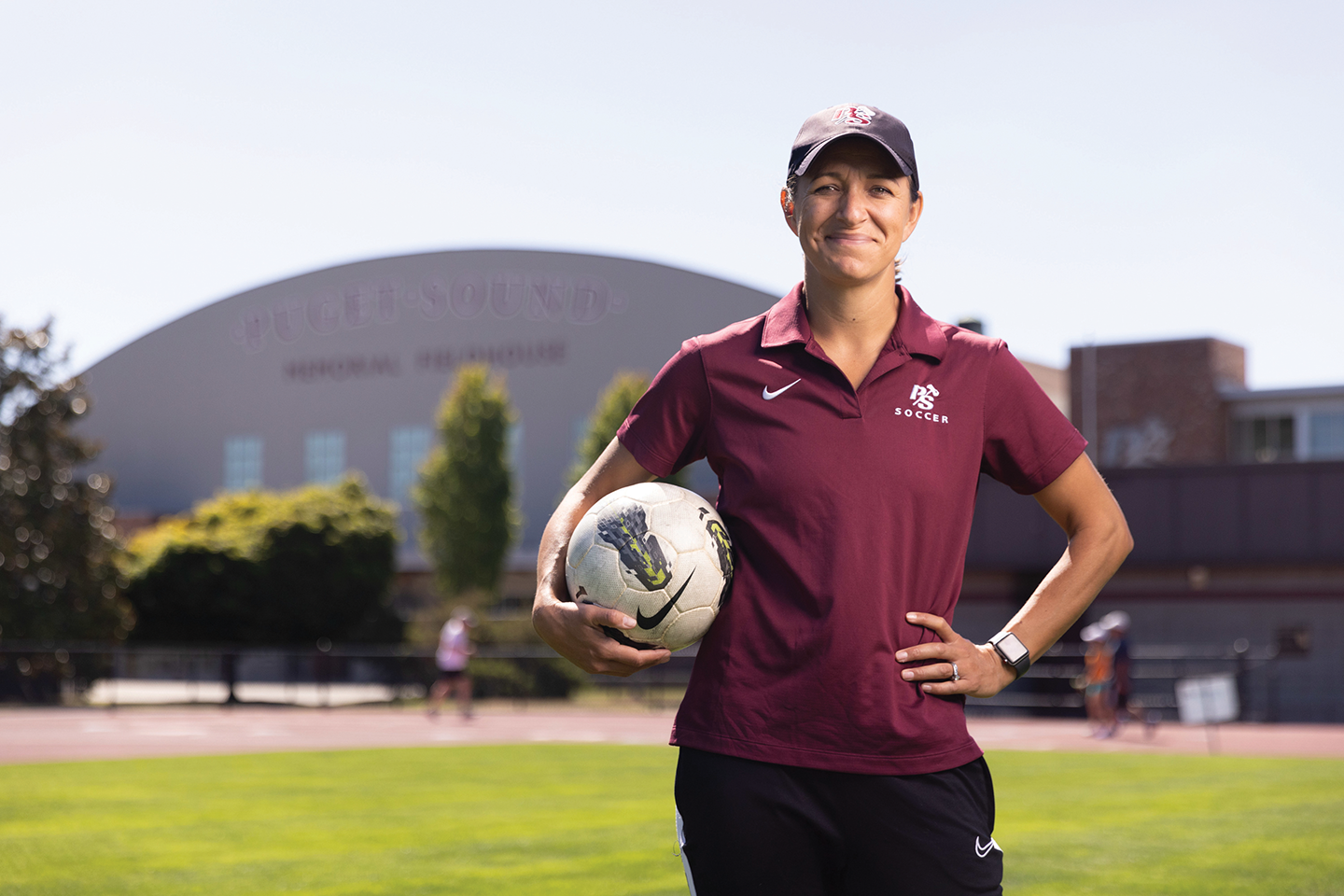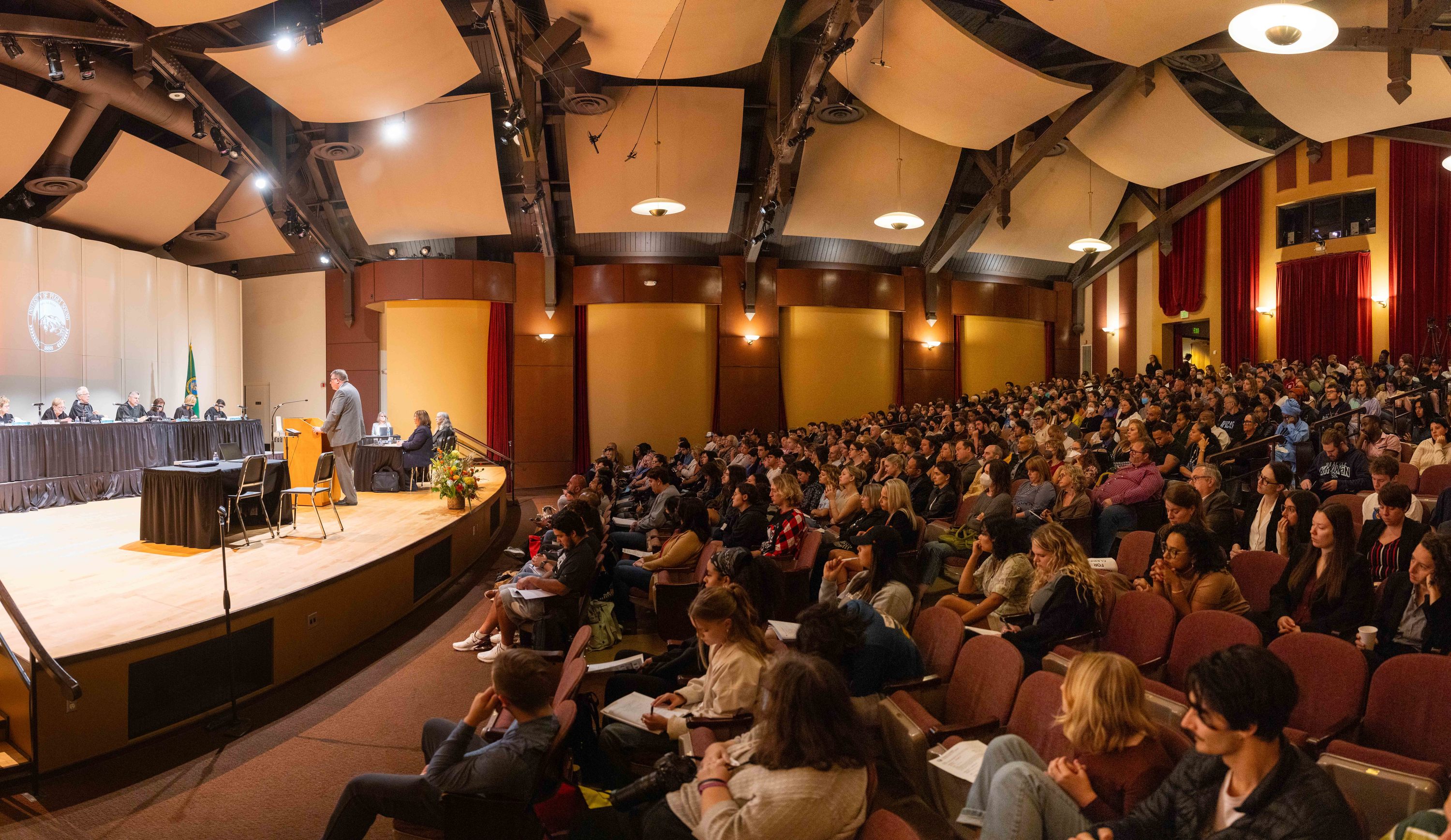A new exhibition at Collins Memorial Library brings together the work of scientists and book artists from throughout the Pacific Northwest.
There’s an intriguing collection of books on display now at Collins Memorial Library. It’s called Science Stories, and the exhibition is appropriately named—they are, after all, stories about science. But these aren’t typical books; instead, artists from the Pacific Northwest have taken scientific research by faculty members at Puget Sound and other nearby schools, and interpreted that work into an array of imaginative “artist books.”
Book artists use color, imagery, a variety of intriguing materials, and even the way the book is bound to connect with their audience. The medium is an especially intriguing way to convey scholarly research, creating an experience much different from deciphering scientific text in black and white. “Science can be intimidating,” says library director Jane Carlin, “but the art helps to visualize and engage.”
